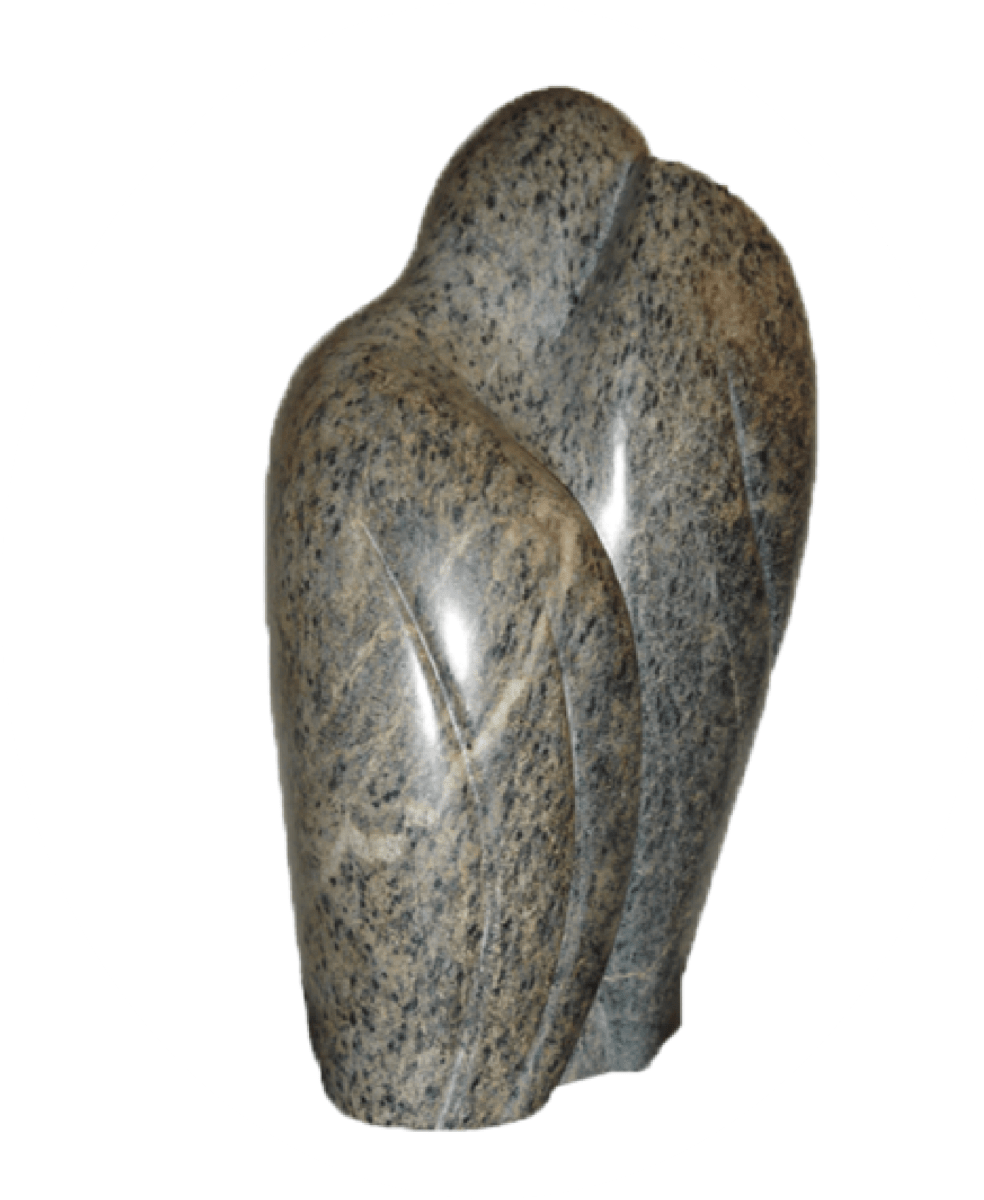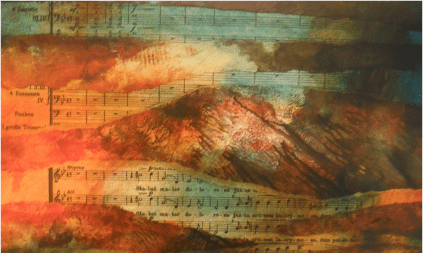Antonio Caldara
About the composer
Antonio Caldara (1670 – 1736) was born in Venice. Round 1700 he was employed at the San Marco as a violoncellist. In 1716 he became vice-conductor at the Vienna Court under the (in that time) famous composer Fux. He was given the responsibility of composing operas, many of them with texts by Zeno and Metastasio. None the less he also composed other types of music. His enormous output comprises more than 80 operas and 30 masses. He died in Vienna.
About the Stabat Mater
| Date: | ca. 1725 |
| Performers: | Soprano, alto, tenor, bass, choir and strings with two trombones. |
| Length: | 17.04 minutes |
| Particulars: | The composition is divided into 15 parts. The opening descending motif of the first section, introduced by the soprano and taken up by the other three voices, is retained throughout the piece in one form of another. In the concluding chorus this thematic material is treated fugally. Interesting is the presence of two trombones in the orchestra, which are used during the choruses. The tenor aria is even solely accompanied by the trombones, with harpsichord continuo. |
| Textual variations: | The "Vatican"-text is used. |
| Colour bar: |
Information about the recording
| CD: | Collins 13202: Bach, Magnificat – Vivaldi, Gloria – Caldara, Stabat Mater |
| More info: | Famous sacred works by three composers. Recorded at St.Johns,Smith Square, London in October 1991. I bought this CD in a record shop in the Netherlands, 1998. |
| Orchestra: | The Sixteen Orchestra |
| Choir: | The Sixteen |
| Conductor: | Harry Christophers |
| Soloists: | Gillian Fisher, soprano |
| Other works: | Johann Sebastian Bach: Magnificat in D major, BWV 243 |
| Code: | 1998 (CAL 02) |
Listen
About the Stabat Mater
| Date: | ca. 1700 |
| Performers: | Choir, strings and organ. |
| Length: | 5.08 minutes |
| Particulars: | The composition is divided into 3 parts. The melody of the first two parts is exactly the same as the melody for the first two stanzas in the longer Stabat described above. The third part is melodically identical with the first part. Though neither of the CD inserts says anything about other Stabat Mater compositions by Caldara, it is possible that this one is a first trial by Caldara, which he later developed into the longer version. |
| Textual variations: | Only the first three stanzas are used. |
| Colour bar: |
Information about the recording
| CD: | Radio Österreich 1 ORF CD 092: Musik der Wiener Hofkapelle |
| More info: | Sacred works by composers who all worked with or for the Vienna Court Orchestra in the first half of the 18th century. |
| Orchestra: | cappella nova graz |
| Choir: | cappella nova graz |
| Conductor: | Otto Kargl |
| Other works: | Johann Joseph Fux: Laudate Dominum + Missa Pro Gratiarum Actione |
| Code: | 2003 GAS 01 |






